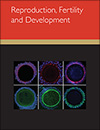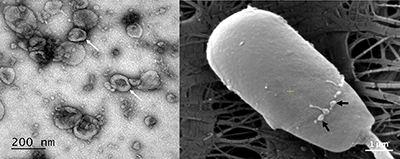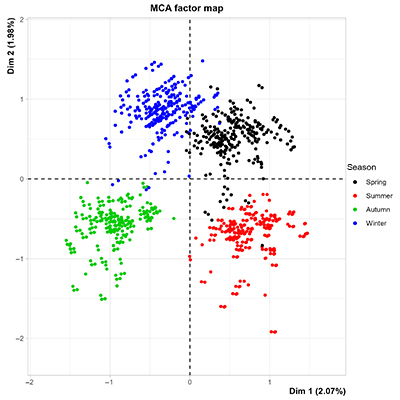We examined the tiny structures called extracellular vesicles that come from the fluid in pig uterus in order to understand how these vesicles change during the reproductive cycle of female pigs. Those from the late stages of the cycle seemed to have a strong connection with sperm and a possible key role in fertility. These vesicles regulate sperm function and interaction with oocytes, and they could potentially be used in fertility treatments to improve the chances of successful fertilisation. Photograph by SM Toledo-Guardiola.
This article belongs to the Collection Dedication to Jim Cummins.







